Discover China’s ancient wonders and scenic gems
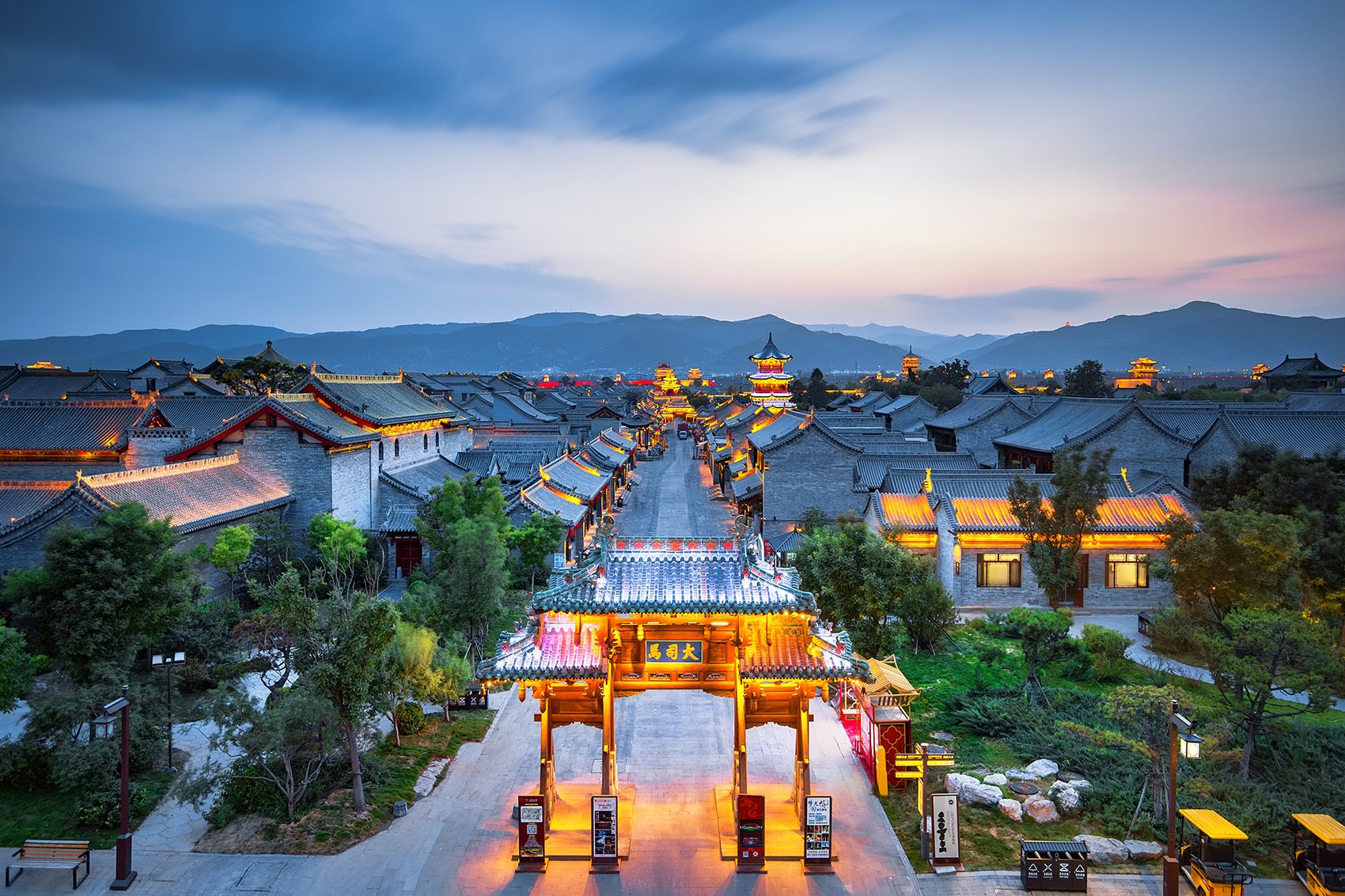
The Chinese Mainland is home to more than 50 Unesco World Heritage sites, each more awe-inspiring than the last. From ancient temples that echo with the prayers of centuries past to secret treasures hidden in the folds of history, we've curated a list of locations that promise an adventure like no other.

Credit: Bernard Tan
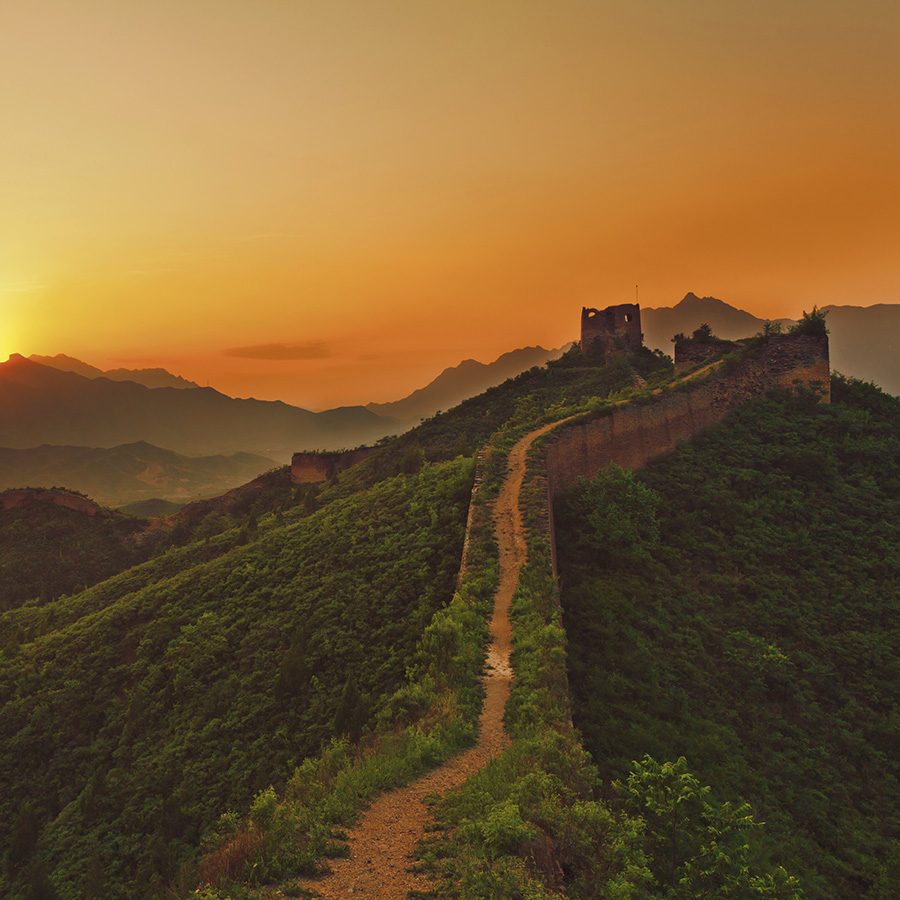
1. Great Wall of China, Beijing
There’s perhaps no attraction more synonymous with China than the Great Wall. Spanning the length between the eastern seaside and the Gobi Desert, this Ming dynasty relic is a testament to the country’s vast history. Some of the best-preserved sections are easily accessible from downtown Beijing, making it a great day trip for travellers to the capital.
How to get there: fly direct to Beijing with us. Take the Airport Express downtown from there, then transfer to Beijing North Station and head to Badaling. Alternatively, arrange a private car to lesser-visited sections.
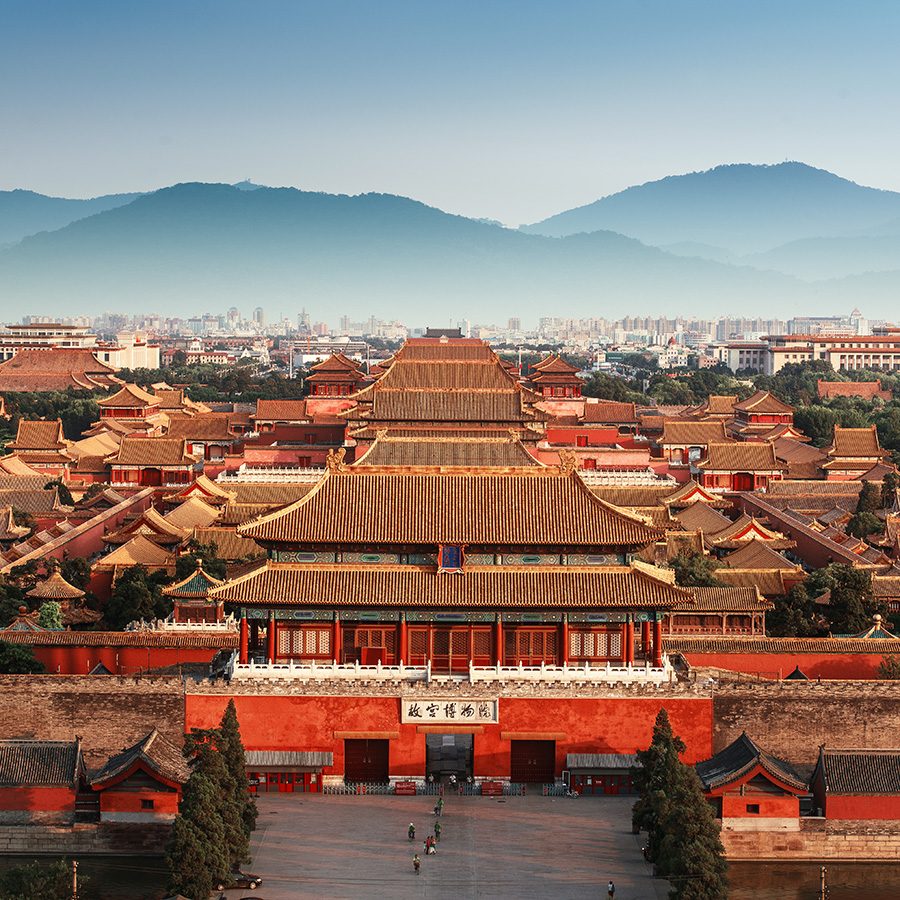

Credit: Wang Yukun/Getty Images
2. Forbidden City, Beijing
Situated in the heart of Beijing, the Forbidden City is the largest preserved palatial complex in the world. Once the emperor’s residence, this sprawling site boasts hundreds of buildings and over 9,000 rooms. Today, it houses a museum filled with a rich array of artefacts, all offering a glimpse into China’s history.
How to get there: fly direct to Beijing with us. From there, take the Airport Express to the city centre, hop on the metro, and exit at Tian’anmen East Station.
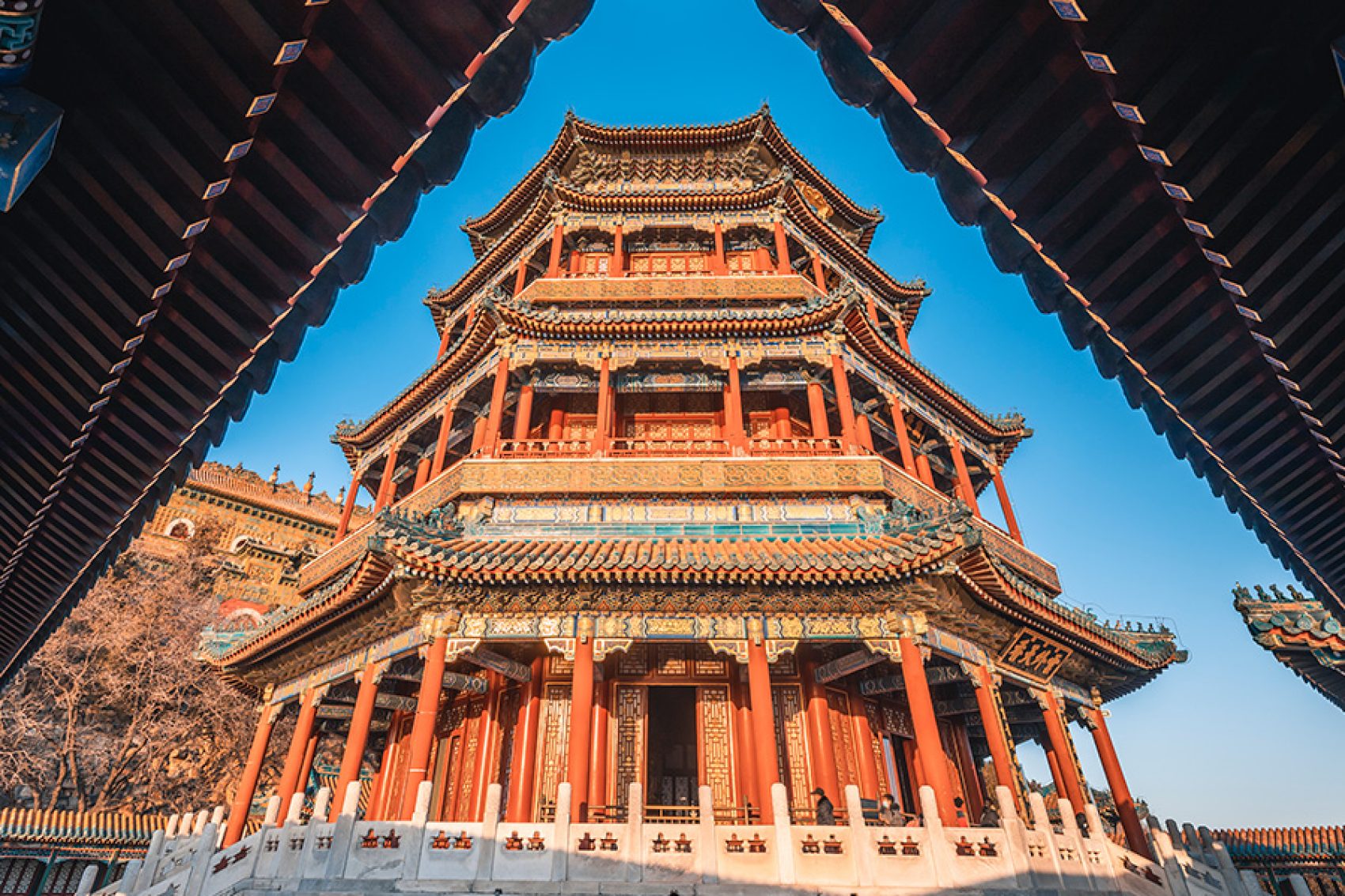
Credit: DuKai photographer/Getty Images
3. Summer Palace, Beijing
Tucked away in the northwest corner of the capital lies the Summer Palace, a masterpiece of traditional Chinese garden design. Initially constructed in 1750, the palace once served as a luxurious retreat for Qing dynasty emperors. With royal halls and ancient pavilions surrounded by small hills, water and lush greenery, the site offers a peaceful escape from the bustling city centre.
How to get there: fly direct to Beijing with us. From there, a short ride on the Airport Express takes you downtown, where you can jump on the metro to Beigongmen.
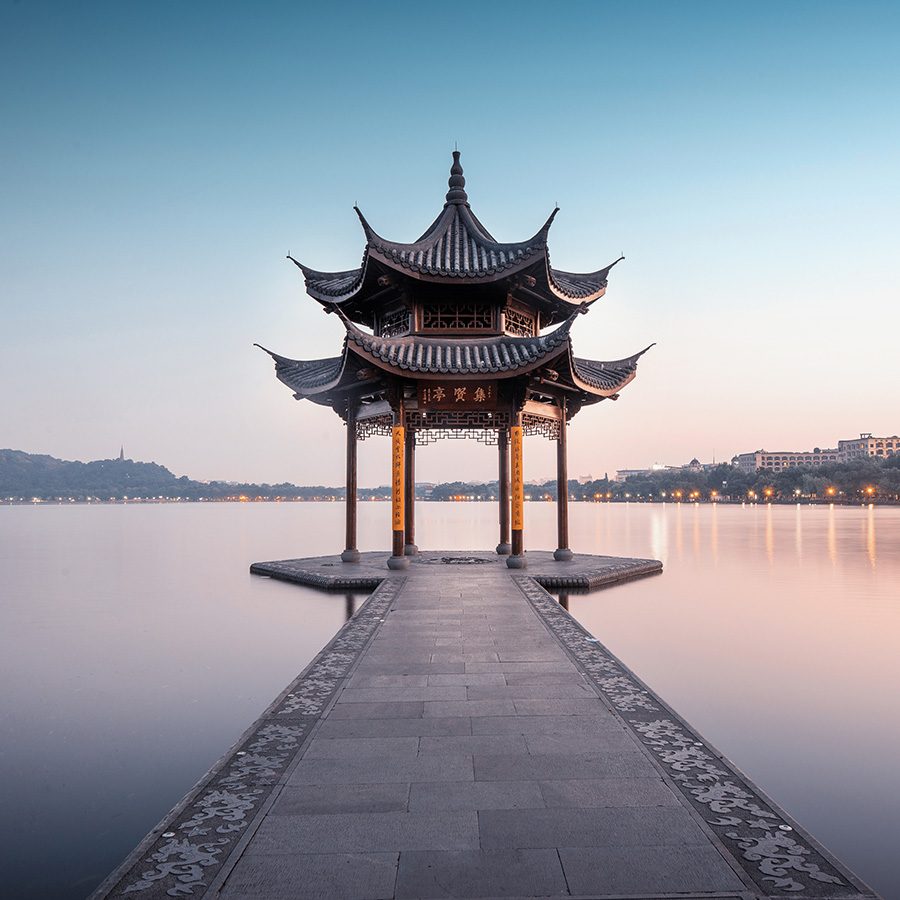

Credit: wonry/Getty Images
4. West Lake, Hangzhou
Hangzhou’s West Lake was once the muse of ancient poets and artists. These days, it draws millions year-round who come to take in its stunning scenery. Ancient pavilions and temples dot a scenic 15-kilometre loop, making it an essential stop for nature lovers and history buffs alike.
How to get there: fly direct to Hangzhou with us. From there, take the metro to the lake’s northeast corner, or hail a taxi to visit fan favourites like the Broken Bridge and Bai Causeway.
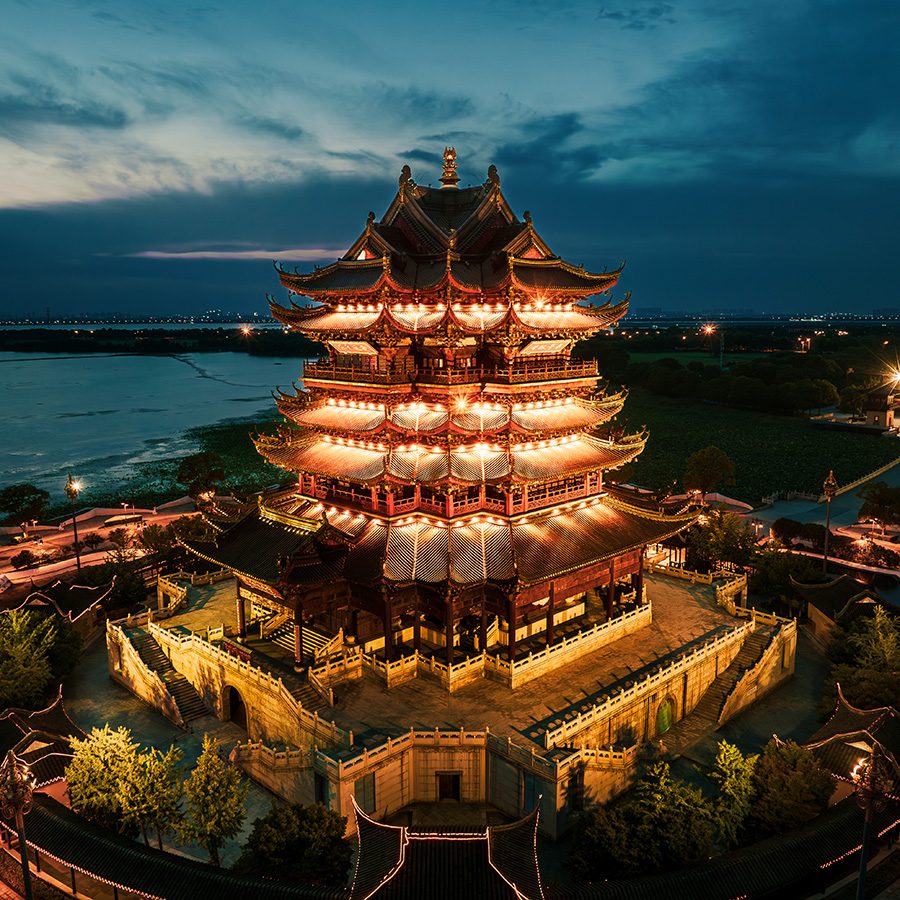
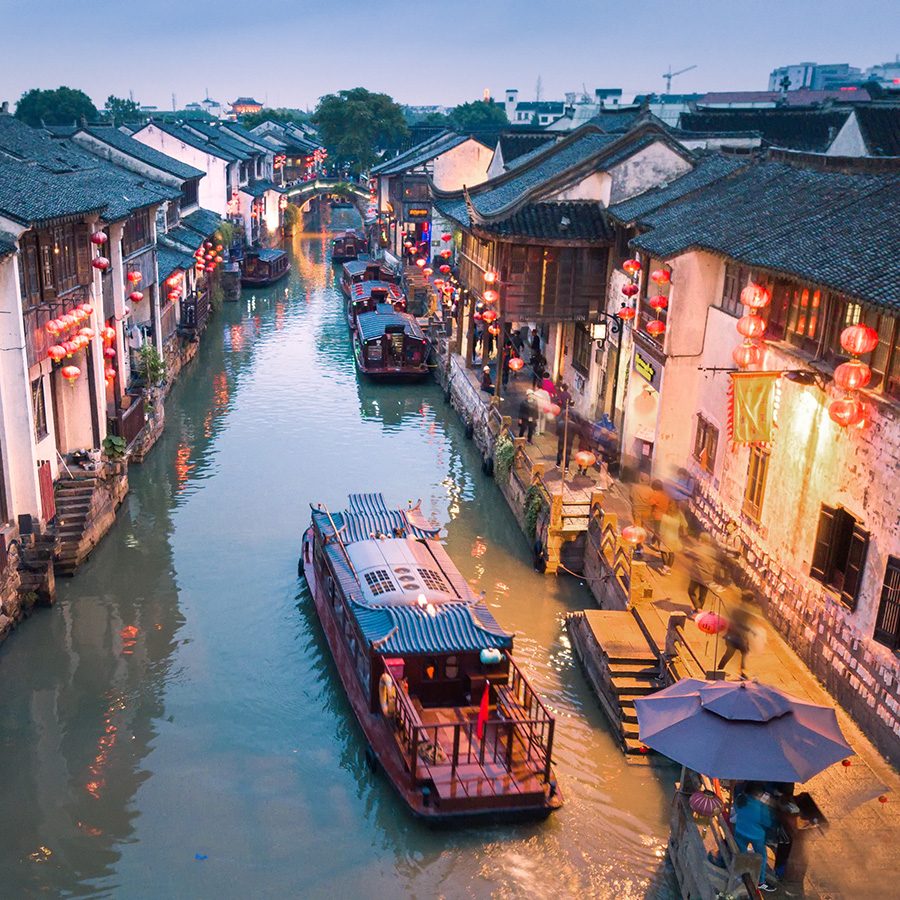
Credit: kan wang/Getty Images
5. Suzhou
Nicknamed the “Venice of the East” by Marco Polo, Suzhou once housed around 200 classical private gardens. Over 50 are still in existence, with nine earning World Heritage status. A stroll through the famed Humble Administrator’s Garden offers a glimpse into 2,000 years of Chinese garden design.
How to get there: fly direct to Shanghai with us. From the airport, take a 30-minute train directly to the Suzhou city centre, followed by a short taxi to the gardens.

Credit: Eric PHAN KIM/Getty Images

Credit: White Water/Getty Images
6. Sichuan Giant Panda Sanctuaries, Sichuan province
Seven nature reserves and nine parks form the world’s largest panda habitat. It’s a must-visit for those seeking close encounters with these beloved creatures and other endangered animals, such as the red panda and snow leopard. Visitors can also learn about ongoing conservation efforts.
How to get there: fly direct to Chengdu with us. From the airport, jump onto the metro and transfer to Line 3, then ride it until Panda Avenue Station. From there, take Bus 408 to the South Gate of the Chengdu Panda Base.
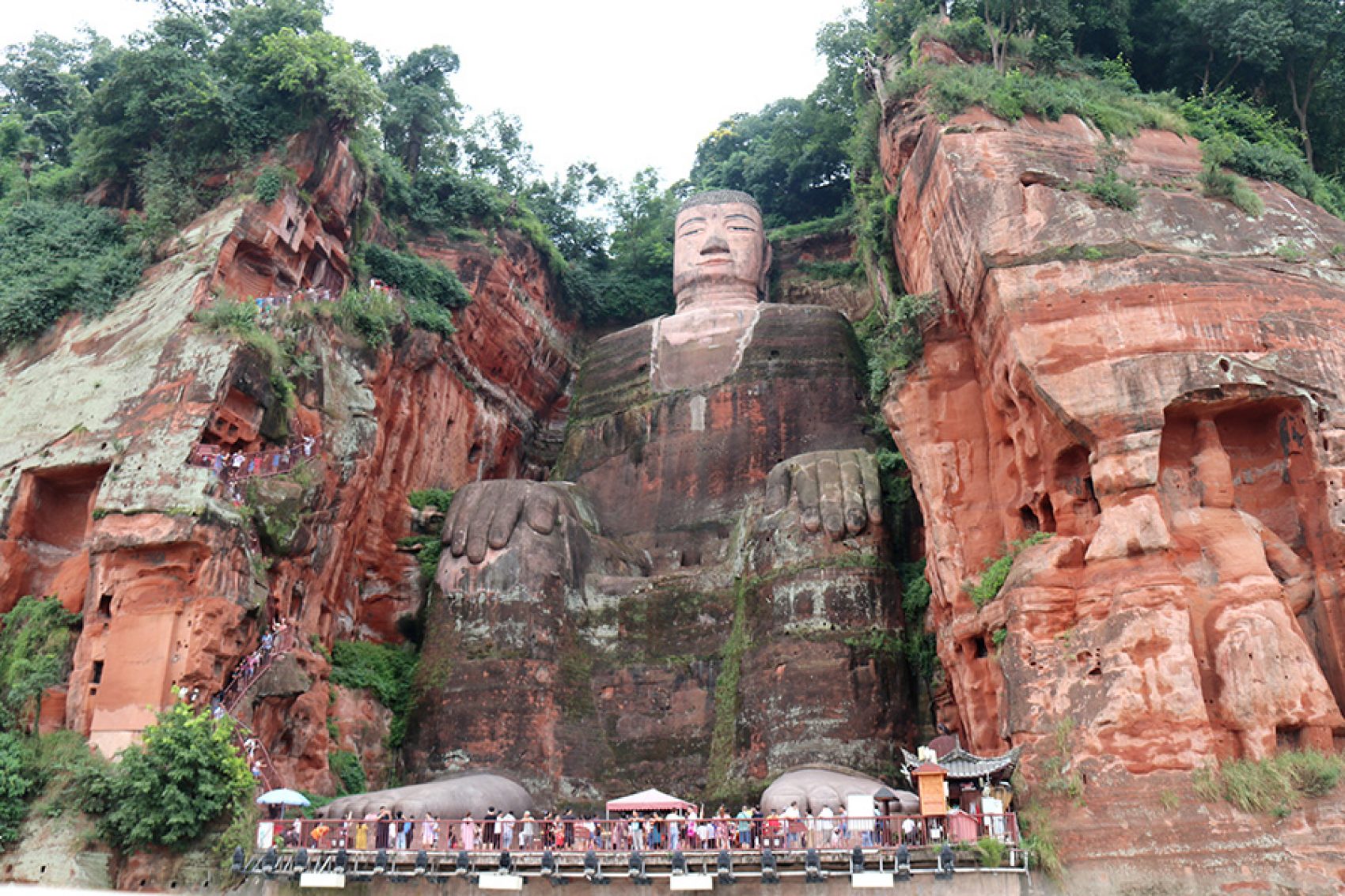
Credit: VCG/Getty Images
7. Leshan Giant Buddha, Leshan
At 71 metres tall, Leshan is the world’s largest stone Buddha. Visitors can take a boat trip to appreciate its full scale or climb up to marvel at the intricately details. Carved directly into a red sandstone hillside, it serenely overlooks the meeting point of three rivers in the Mount Emei region.
How to get there: fly direct to Chengdu with us. From the airport, a high-speed train takes you directly to Leshan in just under 40 minutes. Trains and long-distance buses bound for Leshan also depart from downtown.
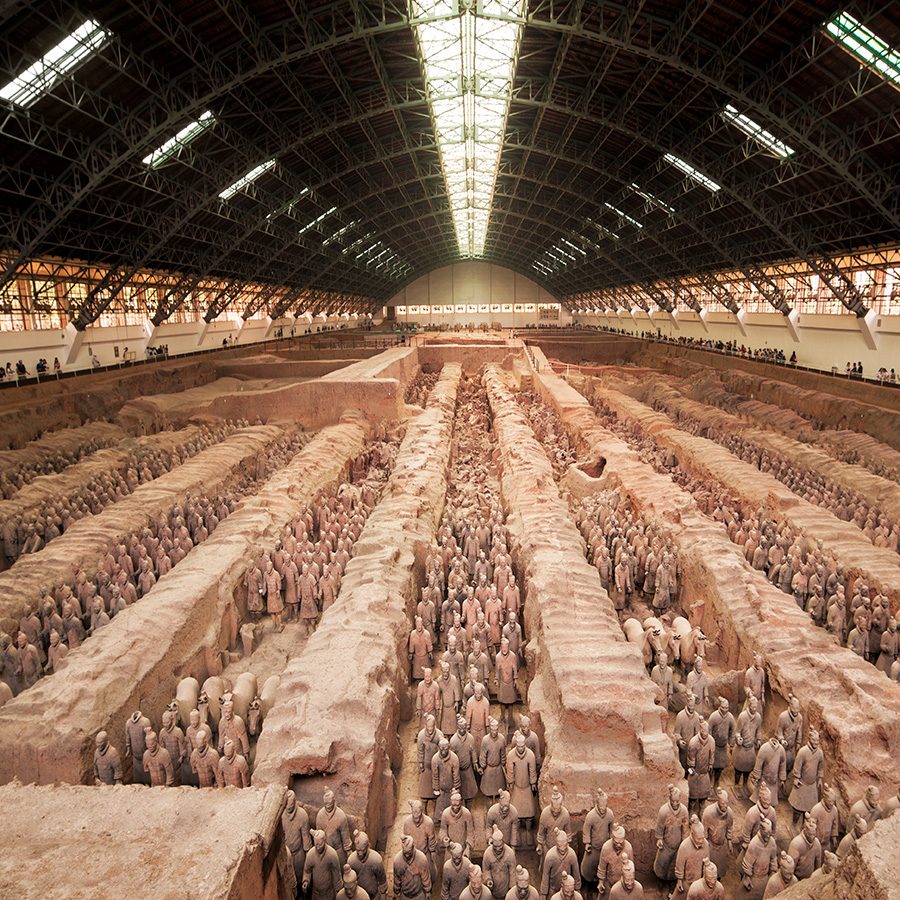
Credit: MediaProduction/Getty Images
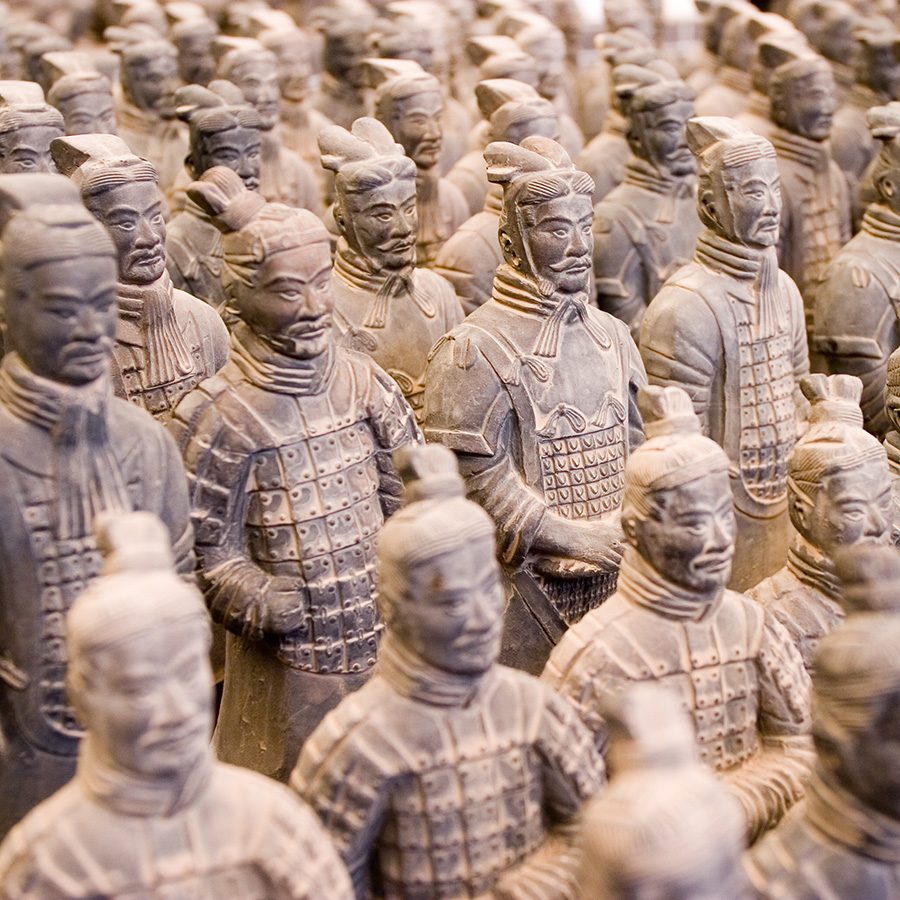
8. Terracotta Army, Xi’an
An accidental discovery by farmers in 1974 has since become one of the most important archaeological finds in Chinese history. The site hosts a vast underground army comprising thousands of life-sized clay soldiers, horses and chariots which once guarded the tomb of China's first emperor, Qin Shi Huang.
How to get there: fly direct to Xi’an with us. A taxi or private car to the historical site takes 70 minutes from the airport. Alternatively, take an airport bus to Fanzhicheng Bus Station, then hop on the direct shuttle bus to Terracotta Army.
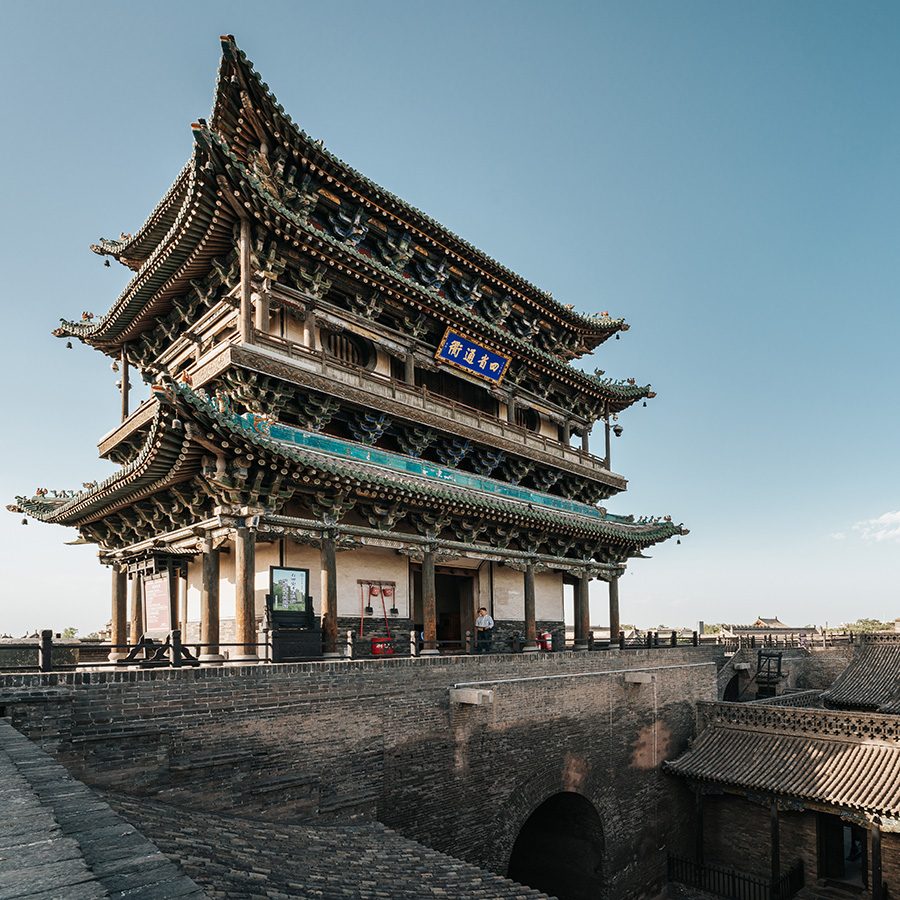
Credit: SEN LI/Getty Images
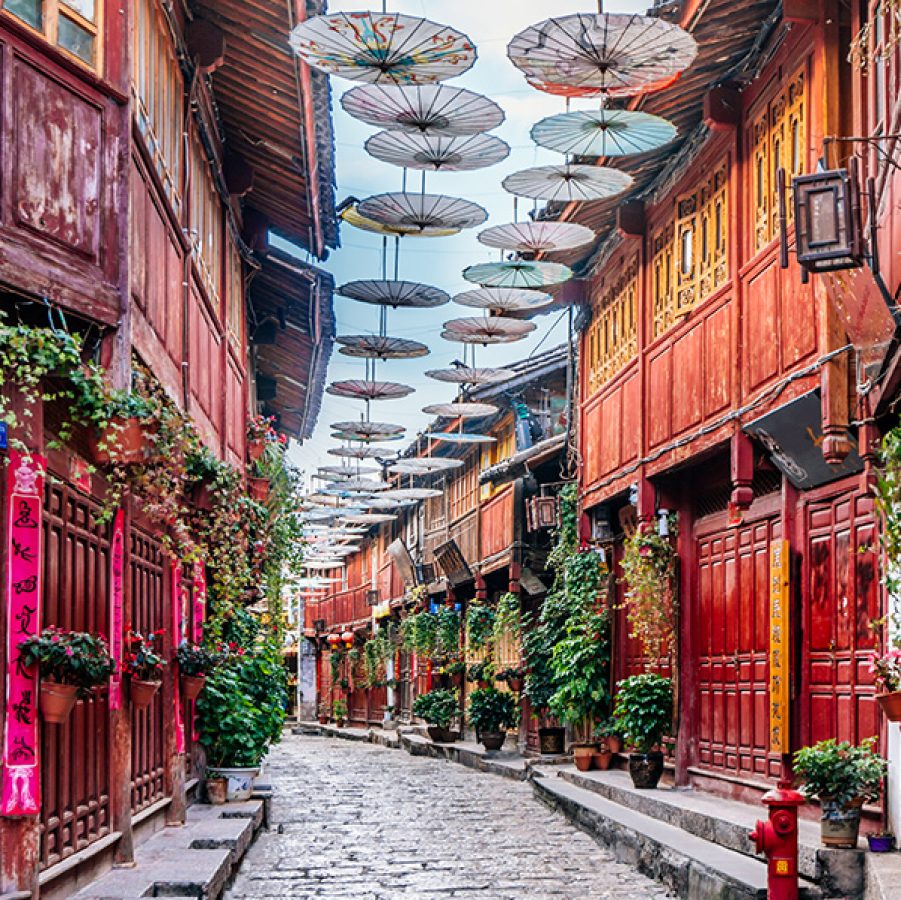
Credit: John W. Banagan/Getty Images
9. Pingyao Ancient City
Constructed in the 14th century, Pingyao served as China’s financial hub during the 19th and 20th centuries. Admire Ming- and Qing-era architecture while traversing the city walls, with historical landmarks like Shuanglin Temple located nearby.
How to get there: fly direct with us to Beijing or Xi’an. After that, it’s a three- to four-hour journey on the high-speed train.
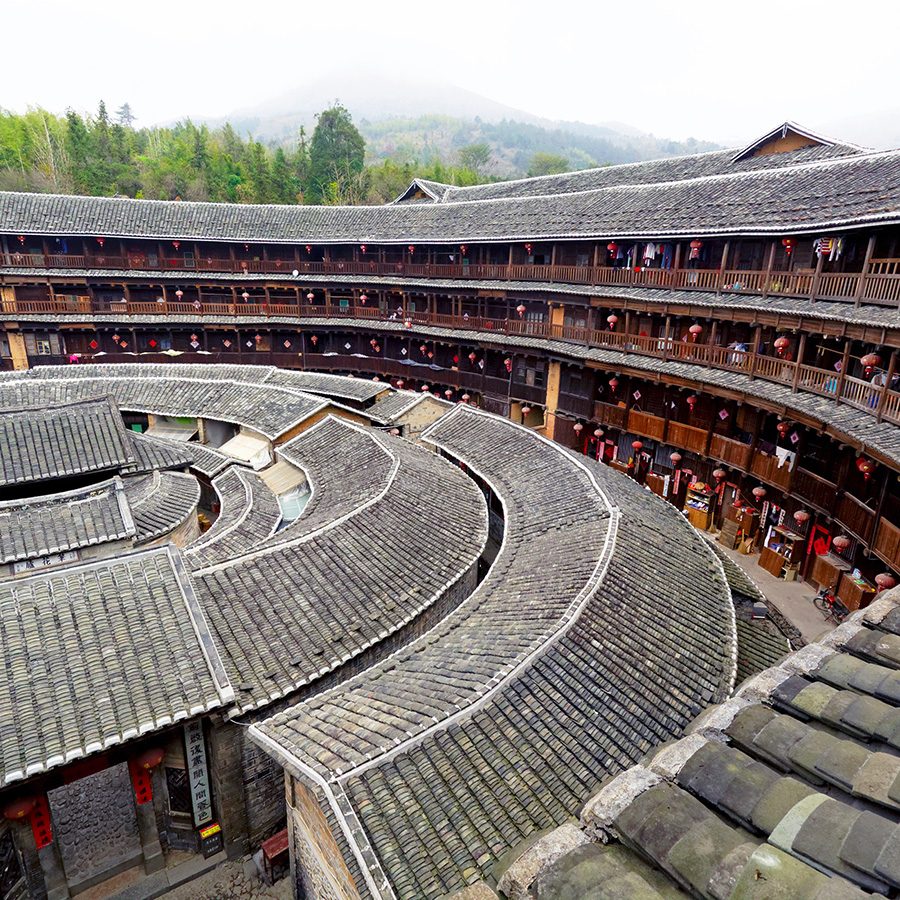
Credit: poloje/Getty Images

10. Fujian Tulou, Xiamen
Set in Fujian’s rural mountainscape, the tulou (“earthen structures”) reflect Hakka tradition and culture. These circular buildings once functioned as small, fortified cities, housing up to 800 people at a time. Visit the classic Tianluokeng cluster for a fascinating look at everyday life in these communal villages.
How to get there: fly direct to Xiamen with us. From the airport, it takes around three hours to reach the tulou by private car or long-distance bus.
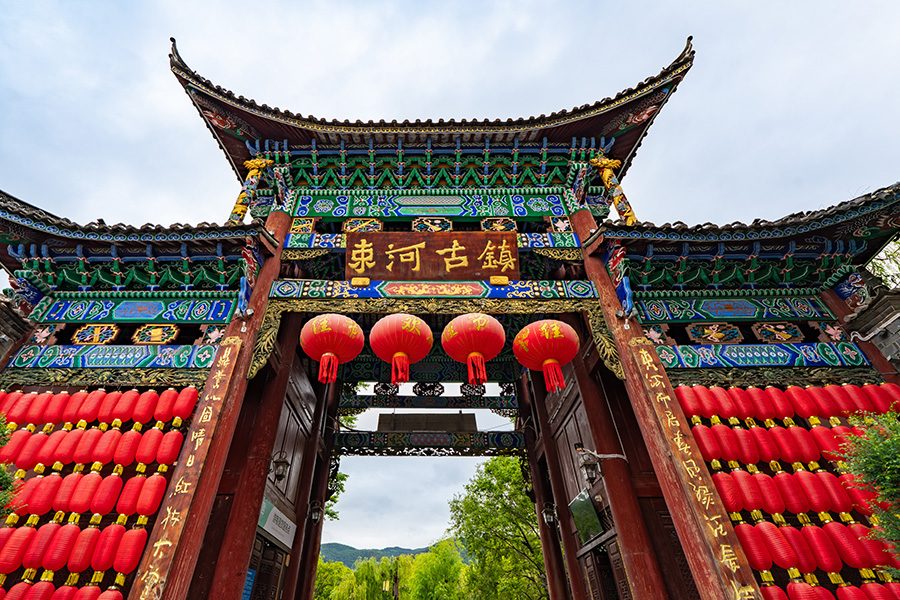
Credit: Yifan Zhang/Getty Images
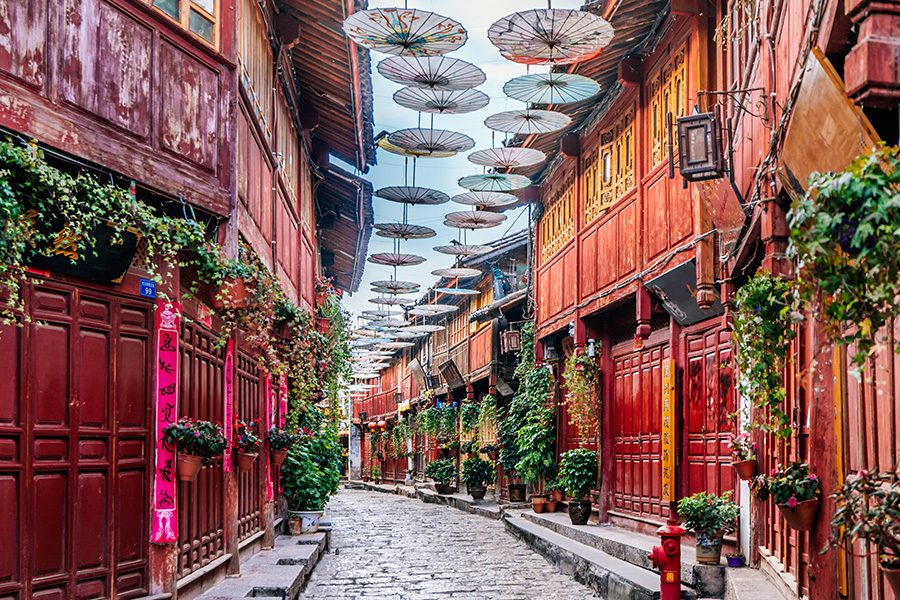
Credit: Govan Zhang/Getty Images
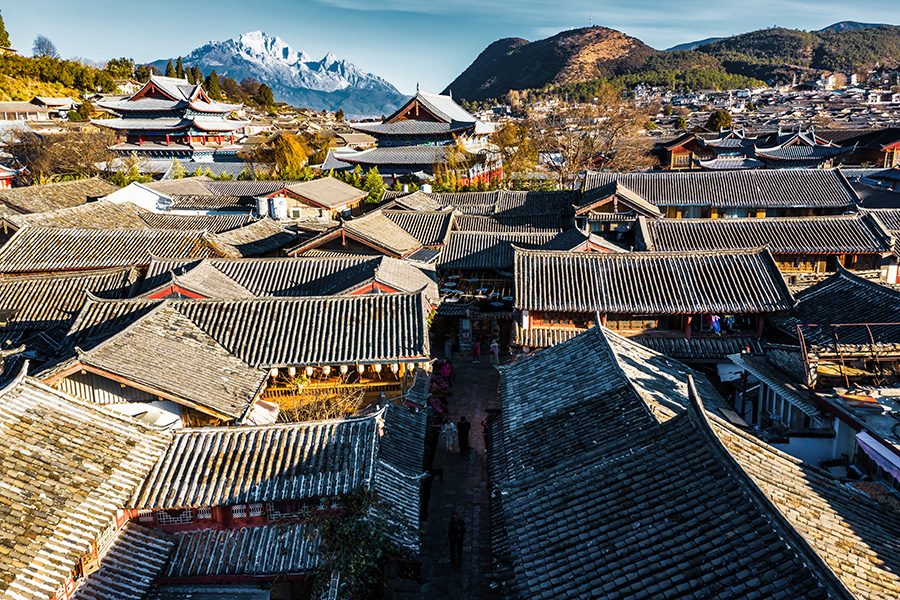
Credit: Orientfootage/Getty Images
11. Lijiang, Yunnan
Perched in Yunnan’s scenic mountains, this ancient town boasts an 800-year-long history. Once a key trading post on the ancient Tea Horse Road, Lijiang continues to enchant visitors with its winding cobblestone streets.
How to get there: fly direct with us to Chengdu. From there, take a domestic flight to Lijiang.
More inspiration
- China – the Chinese Mainland, Hong Kong SAR, Macao SAR and Taiwan Region
- Hong Kong SAR - English
- Chinese Mainland (China) - English
- Taiwan China - English
- 香港特別行政區 - 繁體中文
- 中国內地 - 简体中文
- 中國台灣 - 繁體中文
- Africa
- South Africa - English
- Asia
- Bangladesh - English
- Korea - English
- Singapore - English
- Cambodia - English
- 한국 - 한국어
- Sri Lanka - English
- India - English
- Malaysia - English
- Thailand - English
- Indonesia - English
- Maldives - English
- ประเทศไทย - ภาษาไทย
- Indonesia - Bahasa Indonesia
- Myanmar - English
- Vietnam - English
- Japan - English
- Nepal - English
- Việt Nam - tiếng Việt
- 日本 - 日本語
- Philippines - English
- Australasia
- Australia - English
- New Zealand - English





.renditionimage.450.450.jpg)

